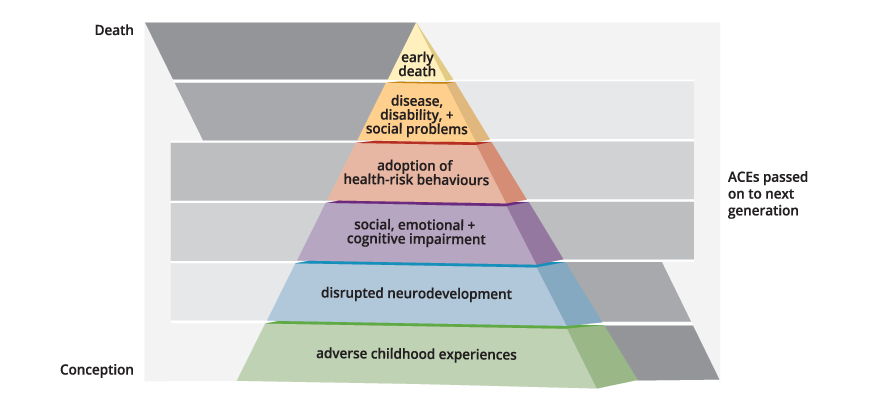1.4 Keeping students safe: reporting child protection concerns
Due to their regular contact with students and families, staff in schools play a vital role in:
- identifying and responding to suspected child abuse and neglect
- helping families to access support services that may build on their strengths and address issues impacting on their parenting
The Child Protection Act 1999 (PDF) (https://www.legislation.qld.gov.au/view/pdf/inforce/2018-07-23/act-1999-010) requires certain professionals, referred to as ‘mandatory reporters’, to make a report to Child Safety, if they form a reasonable suspicion that a child has suffered, is suffering or is at an unacceptable risk of suffering significant harm caused by physical or sexual abuse, and may not have a parent able and willing to protect them.
Mandatory reporters should also report to Child Safety a reasonable suspicion that a child is in need of protection caused by any other form of abuse or neglect. Under the Child Protection Act 1999, mandatory reporters are:
- teachers
- doctors
- registered nurses
- police officers with child protection responsibilities
- a person performing a child advocate function under the Public Guardian Act 2014
- early childhood education and care professionals, from 1 July 2017
Teachers include approved teachers under the Education (Queensland College of Teachers) Act 2005, employed at a school. For teachers working in public schools for the Department of Education (DoE), staff actions and decision making in relation to suspected student protection concerns are guided by departmental procedures. For staff working in other schools, departments and agencies, please check the procedures and guidelines for managing student protection concerns.
ADVERSE CHILDHOOD EXPERIENCES (ACES)
![]()
Research Byte: The Story of the Adverse Childhood Experiences Study (ACEs)
Read the case study on the Adverse Childhood Experiences Study from the website acestoohigh.com
![]()
Additional reading
The ‘Child Development and Trauma’ guides from the Department of Child Protection in Western Australia provide a detailed list of warning signs and risk factors linked to the impact of trauma on developmental norms: http://bit.ly/2iK4wCk
The ACEs Study [6 min 37 sec]
Watch this video from the movie ‘Resilience’ from director James Redford – outlining the findings of the ACEs study.
A transcript and Closed Captions are also available within the video: https://youtu.be/ccKFkcfXx-c

It is important to note that the ACE study participants were average Americans. 75% were white, 11% Latino, 7.5% Asian and Pacific Islander, and 5% were black. They were middle-class, middle-aged, 36% had attended college and 40% had college degrees or higher. Since they were members of Kaiser Permanente, they all had jobs and great health care. Their average age was 57.
In the last 14 years, Anda, Felitti and other researchers have published more than 60 papers in prestigious peer-reviewed journals, including the Journal of the American Medical Association and the American Journal of Preventive Medicine (Stevens, 2012). Children affected by ACEs appear in all human service systems throughout the lifespan — childhood, adolescence, and adulthood — as clients with behavioural, learning, social, criminal, and chronic health problems. “But our society has tended to treat the abuse, maltreatment, violence and chaotic experiences of our children as an oddity instead of commonplace, as the ACE study revealed,” notes Anda (Stevens, 2012). “And our society believes that these experiences are adequately dealt with by emergency response systems such as child protective services, criminal justice, foster care, and alternative schools” (Stevens, 2012).
Trauma informed practices are popping up around the world in schools, prisons, mental clinics and hospitals, a few paediatric practices, crisis nurseries, local public health departments, homeless shelters, at least one hospital emergency room, substance-abuse clinics, child welfare services, youth services, domestic violence shelters, rehab centres for seniors, residential treatment centres for girls and boys, and courtrooms.
![]()
Research Byte: The Dunedin Multidisciplinary Health & Development Study
![]()
Additional reading
Moffitt, T. E., & Caspi, A. (1999). Findings about partner violence from the Dunedin multidisciplinary Health and development study. The National Institute of Justice: https://www.fact.on.ca/Info/dom/170018.pdf
![]()
The Dunedin Study [6 min 37 sec]
Watch this news story on the Dunedin study: https://youtu.be/JSsdG0A2IQc
A transcript and Closed Captions are also available within the video.
References
Child Protection Act 1999 (Qld).
Stevens, J. (2012). The Adverse Childhood Experiences Study — the largest, most important public health study you never heard of — began in an obesity clinic. Retrieved from https://acestoohigh.com/2012/10/03/the-adverse-childhood-experiences-study-the-largest-most-important-public-health-study-you-never-heard-of-began-in-an-obesity-clinic/

